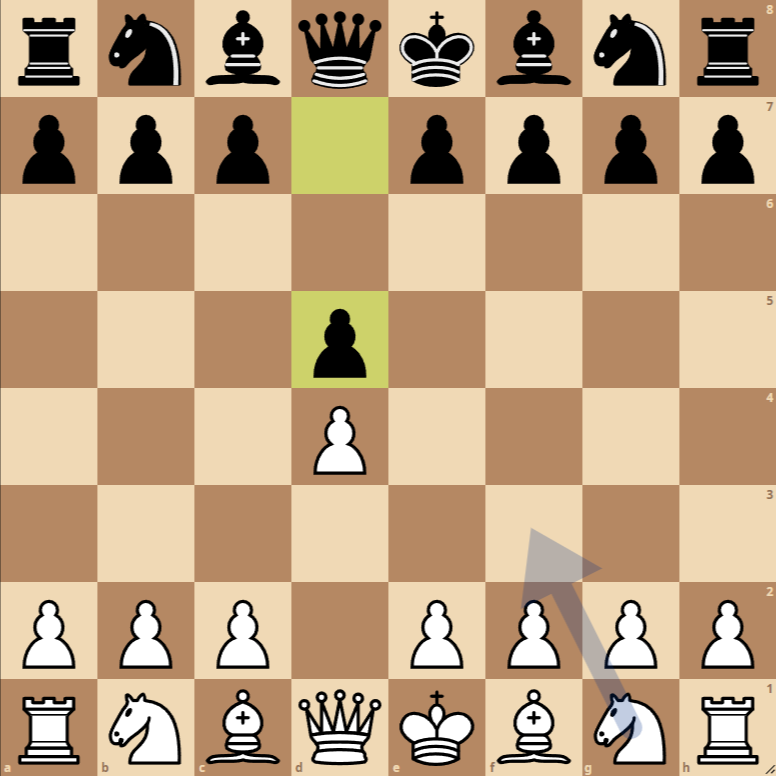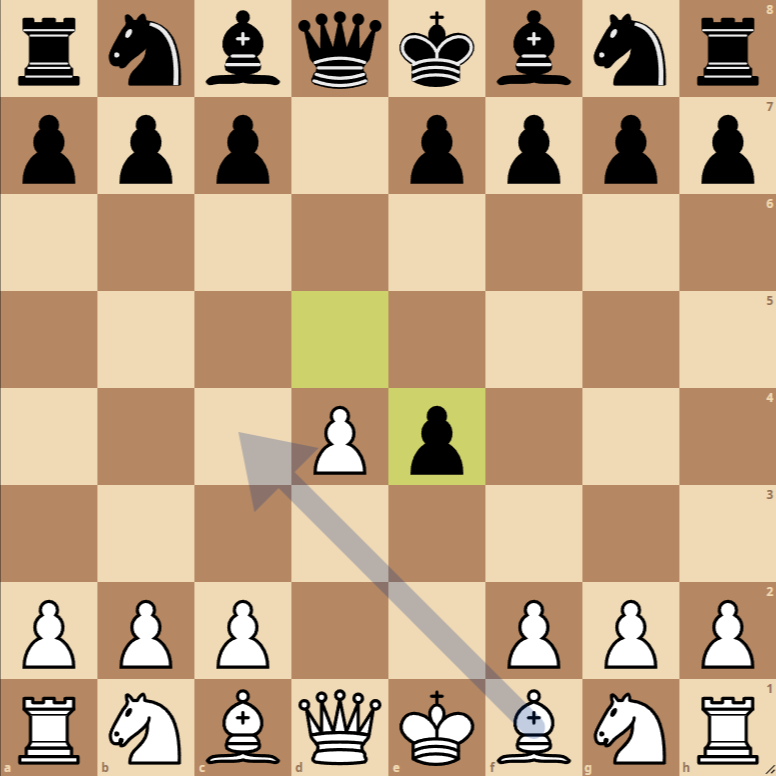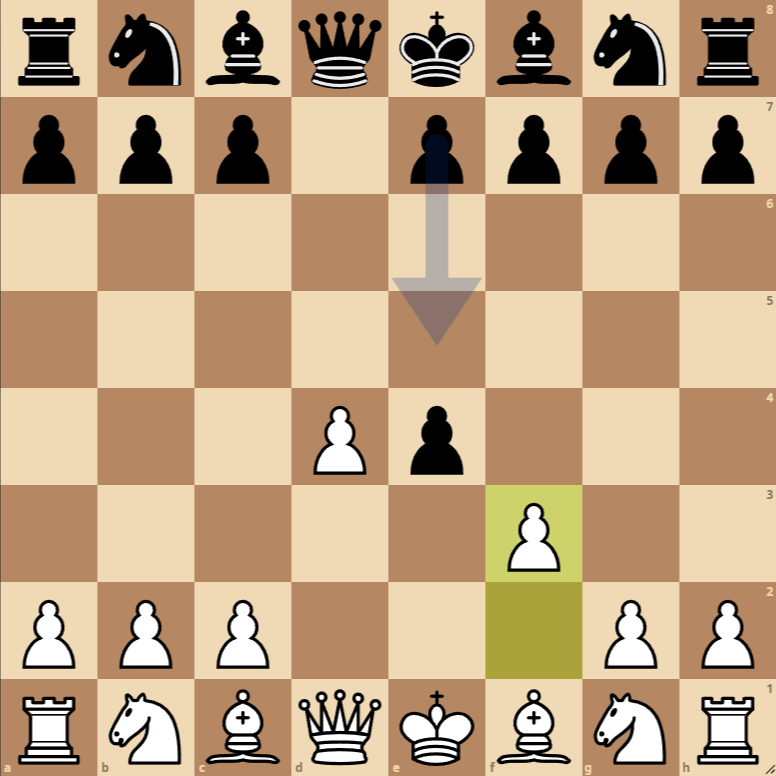How to Play the Blackmar-Diemer Gambit Opening


The Blackmar-Diemer Gambit is an aggressive and unorthodox opening that aims to give White a quick initiative and attacking chances in exchange for a pawn. Below are the main moves of this opening:
- 1. d4 d5: White starts by controlling the center, and Black responds in the same way, establishing a solid structure.
- 2. e4 dxe4: White offers a pawn in the hope of opening lines and energizing their pieces. Black accepts the gambit, capturing the pawn on e4.
- 3. f3: White seeks to recapture the offered pawn with f3, preparing the ground for rapid development of the bishop and queen, as well as aiming to control the center again.
Variants of the Blackmar-Diemer Gambit Opening
There are several variants within the Blackmar-Diemer Gambit, each with its own ideas and plans for both White and Black. Below are some of them:
Teichmann Variation
In this variation, Black plays 3…e5 in response to 3. f3. This line aims to counterattack in the center immediately, challenging White to demonstrate compensation for the sacrificed pawn.
Euwe Variation
Black can opt for 3…exf3, accepting the pawn exchange and leading White to recapture the pawn with 4. Nxf3, followed by rapid piece development with the goal of maintaining the initiative.
Lemberger Variation
A less common option for Black after 3. f3 is 3…c6, seeking to strengthen the center and develop pieces flexibly, while observing how White plans to recover the lost pawn and launch their attack.

